Mount Manaslu: Everything You Need to Know
You had been planning the Mount Manaslu adventure but were unsure where to start. Should I book a trek, provide climbing details, or get the necessary permits? The process can be overwhelming.
Given its relative isolation and the permit restrictions on trekking, the Manaslu trek requires careful planning. Many travelers find it frustrating to determine when to visit, what permits to acquire, and what difficulty to expect along the trek.
This guide covers everything you need to know about trekking in Nepal, including the history of Manaslu Mountain, the circuit trek around Manaslu, climbing routes, seasons of operation, necessary permits, and other tips. By the end, you will be fully equipped and ready for your Manaslu adventure!
A Brief History of Mount Manaslu
Mount Manaslu, the eighth-tallest peak in the world, is 8163 meters (26,781 feet) above sea level. In Sanskrit, 'Manaslu' means 'intellect' or 'soul.'
The first successful ascent of Mount Manaslu was made on May 9, 1956, by a Japanese expedition of Toshio Imanishi and Gyalzen Norbu. Since then, the peak has increasingly appealed to climbers seeking a less commercialized alternative to Mount Everest.
In the mid-20th century, Manaslu was considered one of the most difficult peaks to climb. They faced challenging weather, technical climbing difficulties, and logistical issues during the early attempts to climb the mountain. With modern climbing techniques and improvements in equipment, the success rate has considerably increased.
Trekking in Manaslu: The Manaslu Circuit Trek
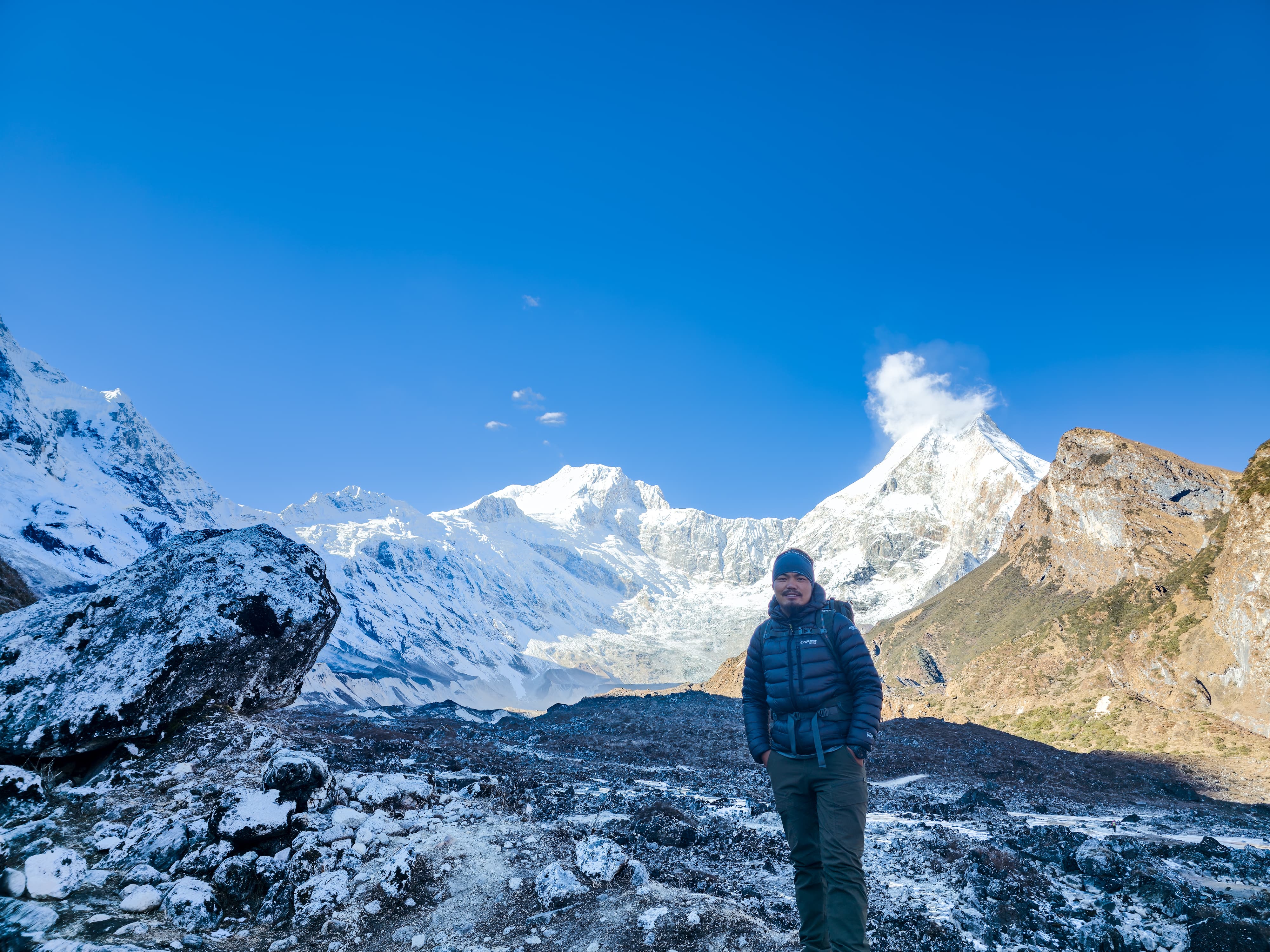
Trekking to Manaslu in Nepal is an adventurous and pleasant journey through remote trails, varying terrains, and culturally rich villages. Compared to the more famous trails, such as the Everest Base Camp trek, the Manaslu Circuit Trek offers a memorable experience with fewer crowds, making it the perfect one for those looking for solitude and raw beauty.
Key Highlights
- Scenic Beauty: This trek offers stunning views of Mount Manaslu (8,163m), the eighth-highest peak in the world. It also offers marvelous glimpses of Himlung Himal, Ganesh Himal, and other snow-clad summits. The scenery varies from green hills to rugged high-altitude terrain.
- Cultural Experiences: You'll meet Tibetan-influenced villages with names like Samagaon and Samdo along the way, where high-placed ancient Buddhist monasteries, chortens, and prayer flags burn with spiritual charm. The local Gurung and Tibetan communities are warm and welcoming, sharing glimpses into their thousand-year-old traditions.
- Larkya La Pass (5,106m): The highest and hardest point along the trek, Larkya La Pass, greets trekkers with stupendous views of the adjoining peaks. The uphill and downward movement of the body reflects this, which requires full stamina and endocrinal action but ultimately gives satisfaction.
- Less Crowded Experience: Unlike the Everests or Annapurnas, the Manaslu Circuit stays pristine and beautiful, making trekkers feel untouched; the silent trials and the natural and pure views are guaranteed to maintain complete charm.
The Manaslu trek is also a restricted area that requires special permits. Because of its largely untouched trails, it is far from the commercialization of other trekking routes in Nepal. This route passes through picturesque villages, beautiful gorges, and high-altitude landscapes, making it one of the most diverse trekking experiences in the country.
10 beautiful reasons to do Manaslu Circuit Trek (Must Read)
Trekking Route and Itinerary
The Manaslu circuit trek takes, on average, 14 to 18 days. It begins in Kathmandu and traverses remote villages, dense forests, and lofty altitude passes.
Standard Itinerary
- Day 1: Drive from Kathmandu to Soti Khola
- Day 2: Trek to Machha Khola
- Day 3: Trek to Jagat
- Day 4: Trek to Deng
- Day 5: Trek to Namrung
- Day 6: Trek to Samagaon (acclimatization day)
- Day 7: Trekkers go to Samdo
- Day 8: Trek to Dharamsala
- Day 9: Trek via Larkya La Pass to Bimthang
- Day 10: Trek to Dharapani
- Day 11: Drive back to Kathmandu
For 17 days custom itinerary, click here.
This trek's itinerary includes essential acclimatization periods for trekkers to adjust to the high altitude. The trek involves crossing multiple suspension bridges and passes beautifully shaded by steeper hills on one side or another, as well as countless rich forests. Trekkers are also afforded once-in-a-lifetime vistas of glacial lakes along the stunning Himalayan landscapes, rich in spirituality yet hauntingly fierce.
Climbing Mount Manaslu
For people seeking a genuine Himalayan adventure, climbing Manaslu Mountain will be nothing less than a rewarding challenge. It has very steep ascents, unpredictable weather, and high-altitude conditions. Climbers will require technical skills and good acclimatization to summit Mount Manaslu.
Short Climb Facts
Elevation: 8,163 meters (26,781 feet)
First Ascent: 1956 (Japanese Expedition)
Climbing Difficulty: High-altitude mountaineering without technical sections
Best Time: September to October
Permit Requirements: Special climbing permits and the presence of a liaison officer are compulsory.
Mounting involves climbing crevasses, ice walls, and avalanches. Most climbers set up camps above the base camp to help with the summit. Manaslu is a technical climb so, you should have had high-altitude climbing experience before going for it.
Best Time to Visit Mount Manaslu
Considering a trek to Mount Manaslu? Look out for accuracy! The Himalayan weather is critical to your trekking experience and affects the conditions of the trails, visibility, and all open-air adventures. Here, you have a better breakdown of the Manaslu region's best (and worst) trekking seasons.
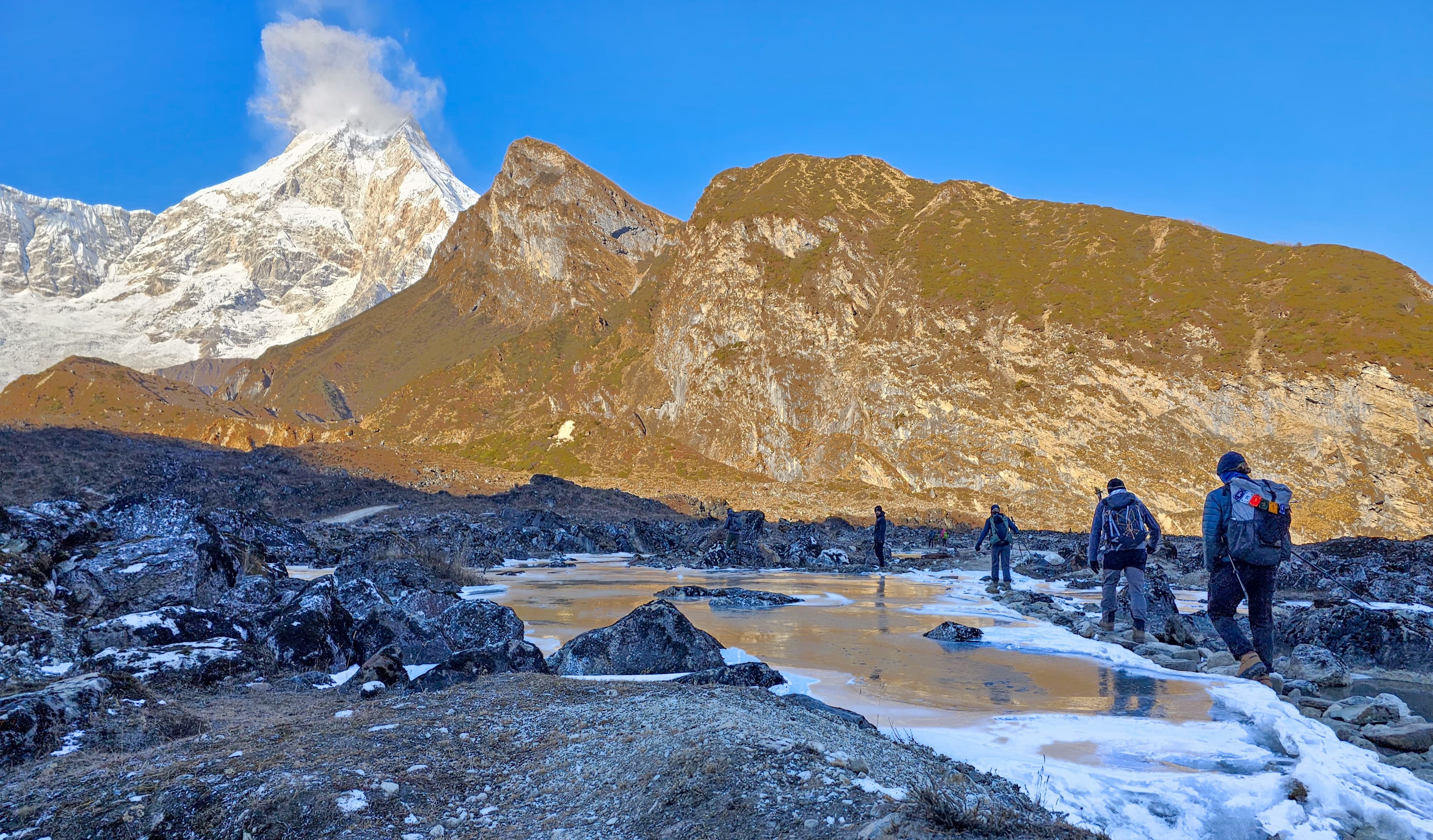
Seasons for Trekking
Spring (March to May): This is one of the best times to trek, with moderate weather conditions, stable weather, and miraculous scenery. The trails transform into colorful ones with blooming rhododendrons, dense green foliage, and blue mountain vistas. Two other matters are also addressed. Wildlife is visible and liberally active.
Autumn (September- November): The best trekking season in Manaslu; autumn opens its doors before trekkers with nice dry paths, moderate temperatures, and stunning distinct snow-capped views of the mountain. Cultural festivities like Dashain and Tihar contribute significantly to the joyful time of trekking under beautiful skies with lovely views, and this time brings excellent visibility of the high snow peaks.
Challenging Seasons
Winter (December to February): Views of the mountains may be fantastic, covered in snow. However, a winter trek in Manaslu may be for the extremely experienced trekkers. The temperatures plunge, and passes are hard to cross, with challenging paths leading toward high-altitude passes, for heavy snowfall has struck them.
Monsoon (June to August): This is the most unfavorable season to trek because it rains very heavily, making the trails slippery and allowing landslides. However, the environment is lush and green, and as there are fewer trekkers, people who manage the trek will surely find seclusion within themselves.
Permit Requirements and Regulations
As the Manaslu trek crosses a restricted area, trekkers will need to get several permits:
Requirements for Permits and Regulations: Here is what you should know for trekking Manaslu. Because the Manaslu Circuit trek passes through a restricted area, one cannot underestimate the importance of correctly obtaining these permits. Here’s what you should keep in mind:
- Manaslu Restricted Area Permit (RAP): This permit is valid for the respective season. Prices change monthly but are higher during peak trekking months from September to November and lower during off-peak months.
- Manaslu Conservation Area Permit (MCAP): This permit is essential for entering protected areas where conservation efforts are supported by fee collection.
- Annapurna Conservation Area Permit (ACAP): For exit via the Annapurna Circuit.
- Licensed Guide: You cannot trek alone - a registered guide must be hired through a trekking agency.
- Minimum Group Size: There should be a minimum of two trekkers to obtain a RAP.
- Permits Must Be Obtained Through a Registered Agency: Permits cannot be obtained independently; they must be arranged through a licensed trekking agency.
Strict permit requirements ensure that the Manaslu region remains protected from over-tourism and environmental degradation. Hiring a guide also enhances safety and helps trekkers navigate the challenging trails with ease.
Essential Tips for Trekking and Climbing Manaslu
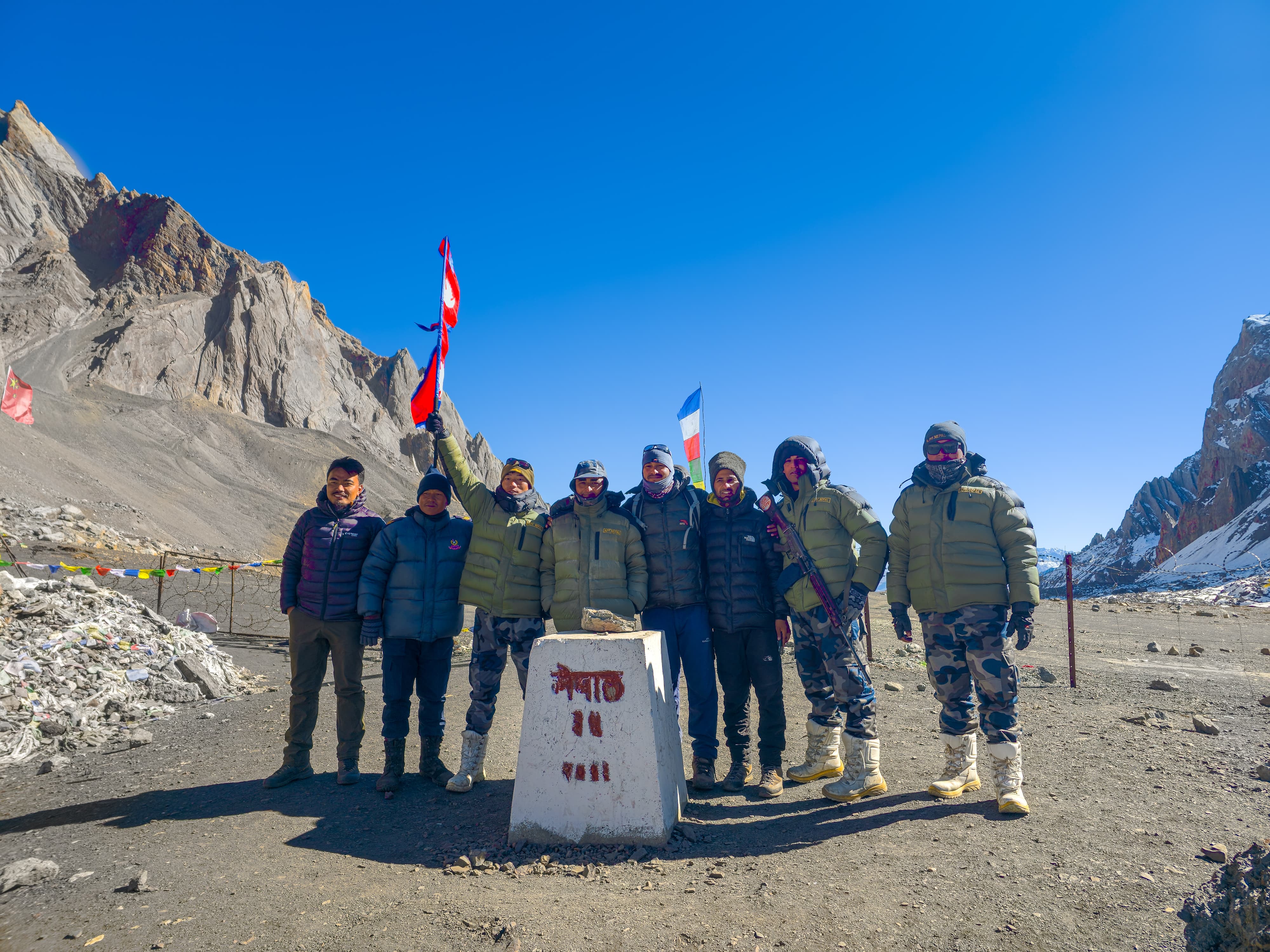
Trekking or climbing Mount Manaslu is a once-in-a-lifetime experience that entails rigorous preparation. An element of danger comprises high-altitude terrains, unpredictable weather, and physical exertion; hence, the need for adequate preparation. Here are tips to make the most of your tour.
- Start Training: Manaslu is not an easy trek! Sign up for training months in advance, combining endurance training, strength-building exercises, and cardio workouts. Hiking with a loaded backpack will help prepare your body for several days of trekking.
- Accumulate: High altitude sickness is a headache for any climber. Rest, go slow, and listen to your body. Do not push it too hard if you experience dizziness, nausea, or throbbing facial pain.
- Invest in Good Gear: Trekking gear can make or break the experience. Get good trekking boots, warm layers, a rugged backpack, and a decent sleeping bag rated for freezing temperatures.
- Stay Hydrated and eat Enough: Dehydration happens quickly at high altitudes. Drink at least 3-4 liters of water daily and eat high-energy foods to maintain strength.
- Respect Local Culture: Manaslu is home to Tibetan-influenced communities; therefore, dress modestly, request permission before taking photos, and support local teahouses and businesses.
- Get Travel Insurance: Unexpected things happen in the mountains! A good travel insurance policy covering high-altitude trekking and any other kind of evacuation at an emergency level is a must.
- Hire a licensed guide: Special permits are required for the Manaslu trekking region, and an experienced guide guarantees safety, logistics, and in-depth knowledge of the local culture.
Also read our blog, how to prepare for Manaslu circuit trek
Conclusion
Mount Manaslu offers an adventurous and culturally rich experience for trekkers and climbers alike. Whether you aim to complete the Manaslu Circuit Trek or plan a summit attempt, proper preparation and planning are key. Manaslu remains a hidden gem in the Himalayas with fewer crowds, spectacular scenery, and a challenging yet rewarding journey.
FAQs
How difficult is the Manaslu trek?
The Manaslu trek is moderately challenging and requires good physical fitness and previous trekking experience. It includes steep ascents, river crossings, and high-altitude challenges.
What is the best time for the Manaslu circuit trek?
The best time to trek Manaslu is in autumn (September to November) and spring (March to May), when the weather is stable and the views are clear.
Do I need a guide for Manaslu trekking?
Hiring a registered guide is mandatory as Manaslu is a restricted trekking area.
How long does it take to trek the Manaslu circuit?
Depending on the chosen itinerary and acclimatization days, the trek usually takes 14-18 days.
What permits are required for Manaslu Nepal trekking?
Trekkers need the Manaslu Restricted Area Permit (RAP), Manaslu Conservation Area Permit (MCAP), and Annapurna Conservation Area Permit (ACAP).
What is the highest point of the Manaslu trek?
The highest point is Larkya La Pass, at 5,106 meters (16,752 feet).
How much does it cost to trek Manaslu?
Costs vary but typically range from $900 to $1,800 per person, including permits, guides, food, and accommodation.
Can I do the Manaslu trek without a group?
No, at least two trekkers with a registered guide are required.
Are there tea houses along the Manaslu route?
Yes, they provide basic food and accommodation.
Is WiFi available on the Manaslu trek?
Some tea houses offer WiFi, but connectivity is unreliable in higher elevations.

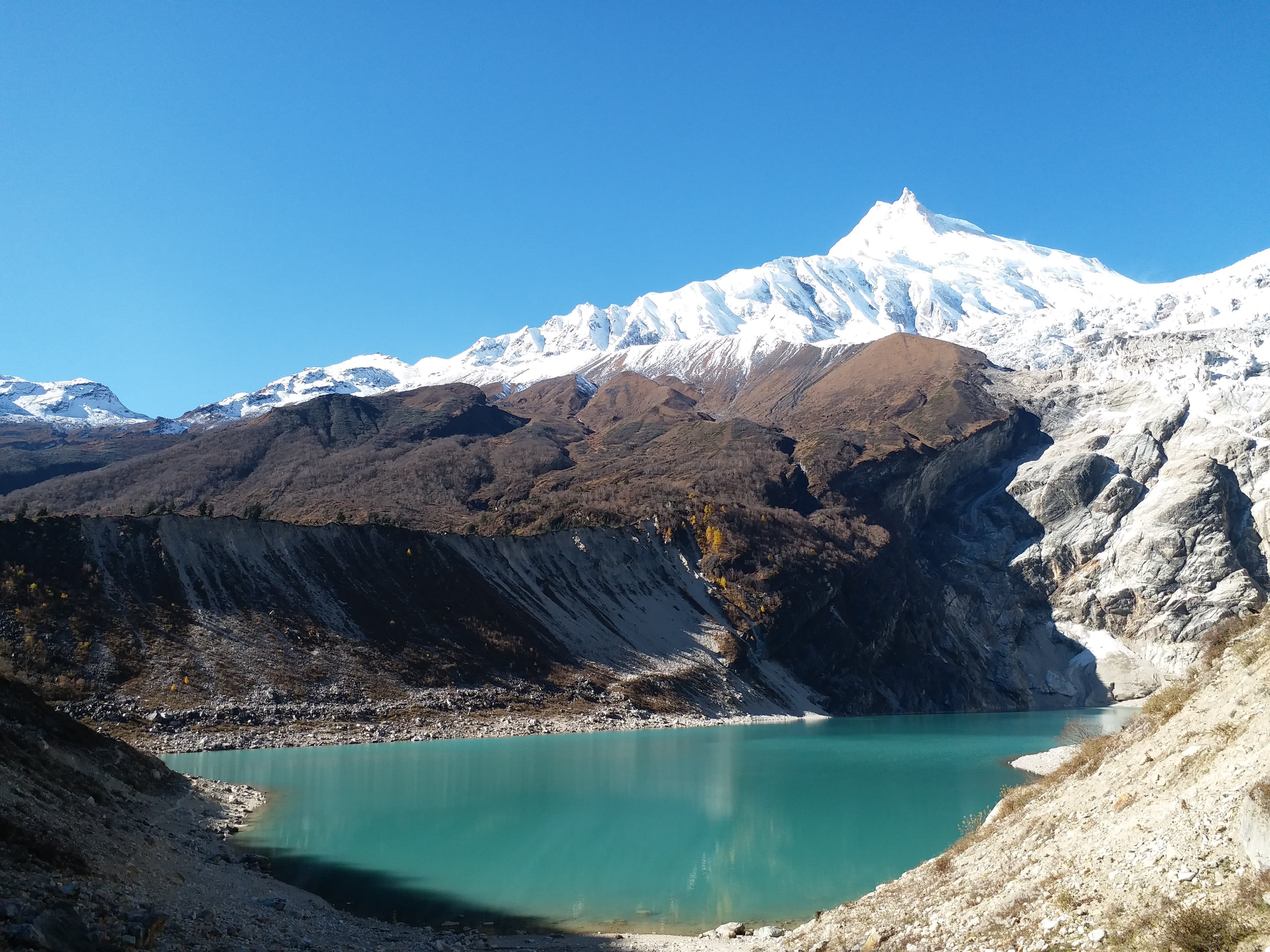
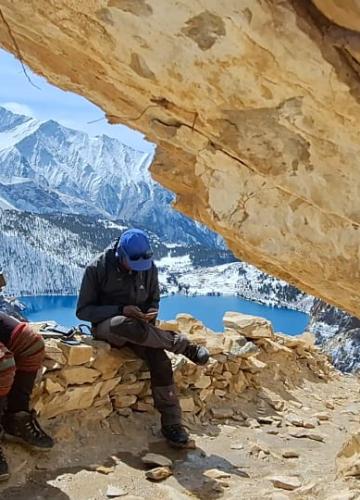
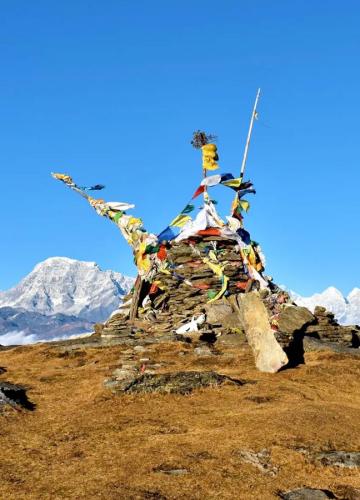
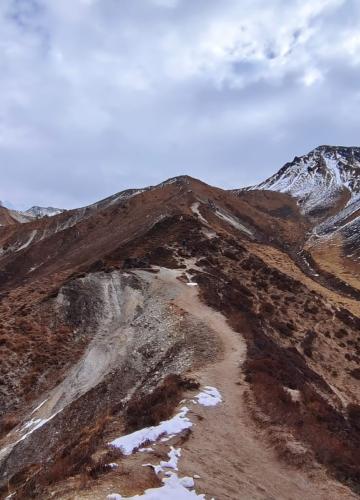
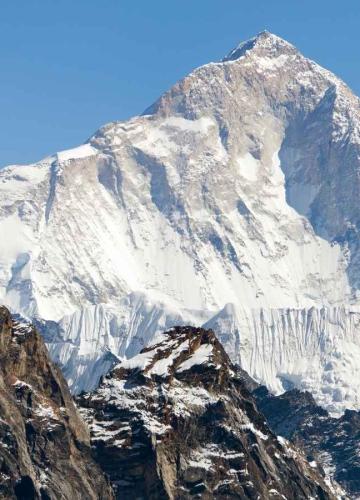
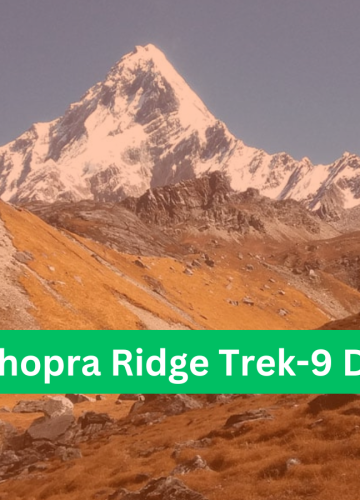
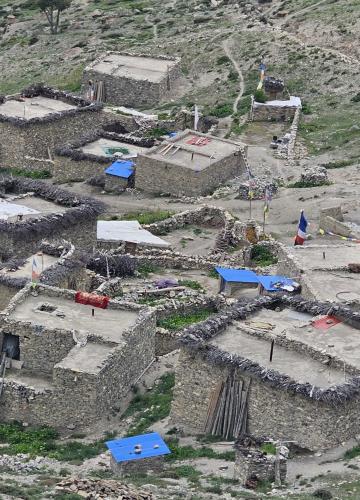

Leave Your Comment